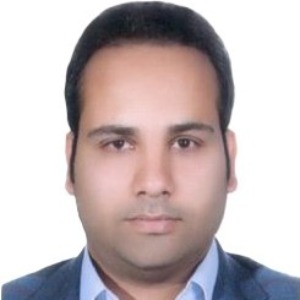Title : Failure analysis of 70cr2 steel grinding balls in mineral processing; Microstructural and heat treatment effects on the failure of 70cr2 steel grinding balls
Abstract:
This study investigates the premature failure of 70Cr2 steel grinding balls (Ø100–125 mm) produced via closed-die forging, identifying critical flaws linked to manufacturing and heat treatment processes. Internal oxide inclusions—particularly prevalent in Ø125 mm balls—resulted from excessive forging temperatures, high strain rates, and prolonged dwell times, while rapid quenching without subsequent tempering induced deep surface cracks (≤25 mm). Microstructural analysis revealed a heterogeneous composition: martensite-bainite-retained austenite (RA) at the surface, and dendritic segregation (pearlite-ferrite-bainite-martensite-RA) in the core, confirming inadequate homogenization during forging. The primary failure mechanism involves RA-to-martensite transformation under operational impacts, generating localized ~4% volumetric expansion that propagates pre-existing quench cracks. These cracks, initiated at segregated interdendritic zones, grow intergranularly during service, accelerated by direct ball-to-ball collisions. Energy-dispersive spectroscopy (EDS) further highlighted microcrack nucleation at oxide stringers. To mitigate these issues, we propose (1) replacing conventional quenching with marquenching (interrupted cooling at 300°C followed by water quenching) to reduce thermal stresses, (2) optimizing forging parameters (e.g., controlled atmosphere heating, pre-forge descaling) to minimize oxide entrapment, and (3) adjusting the ball-to-ore charge ratio to dissipate impact energy. Comparative trials demonstrated a 32% increase in service life for marquenched balls versus standard quenched counterparts, with reduced crack density (≤5 cracks/cm² vs. ≥18 cracks/cm²). The findings underscore the necessity of eliminating dendritic segregation through improved process control and adopting interrupted quenching to balance hardness (target: 58–62 HRC) and toughness (impact energy >15 J at 25°C). Implementing these measures can reduce mill downtime by ~40% and lower grinding media costs in mineral processing applications, offering significant economic benefits for the mining sector.



